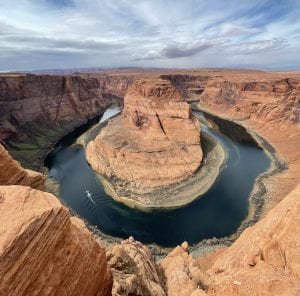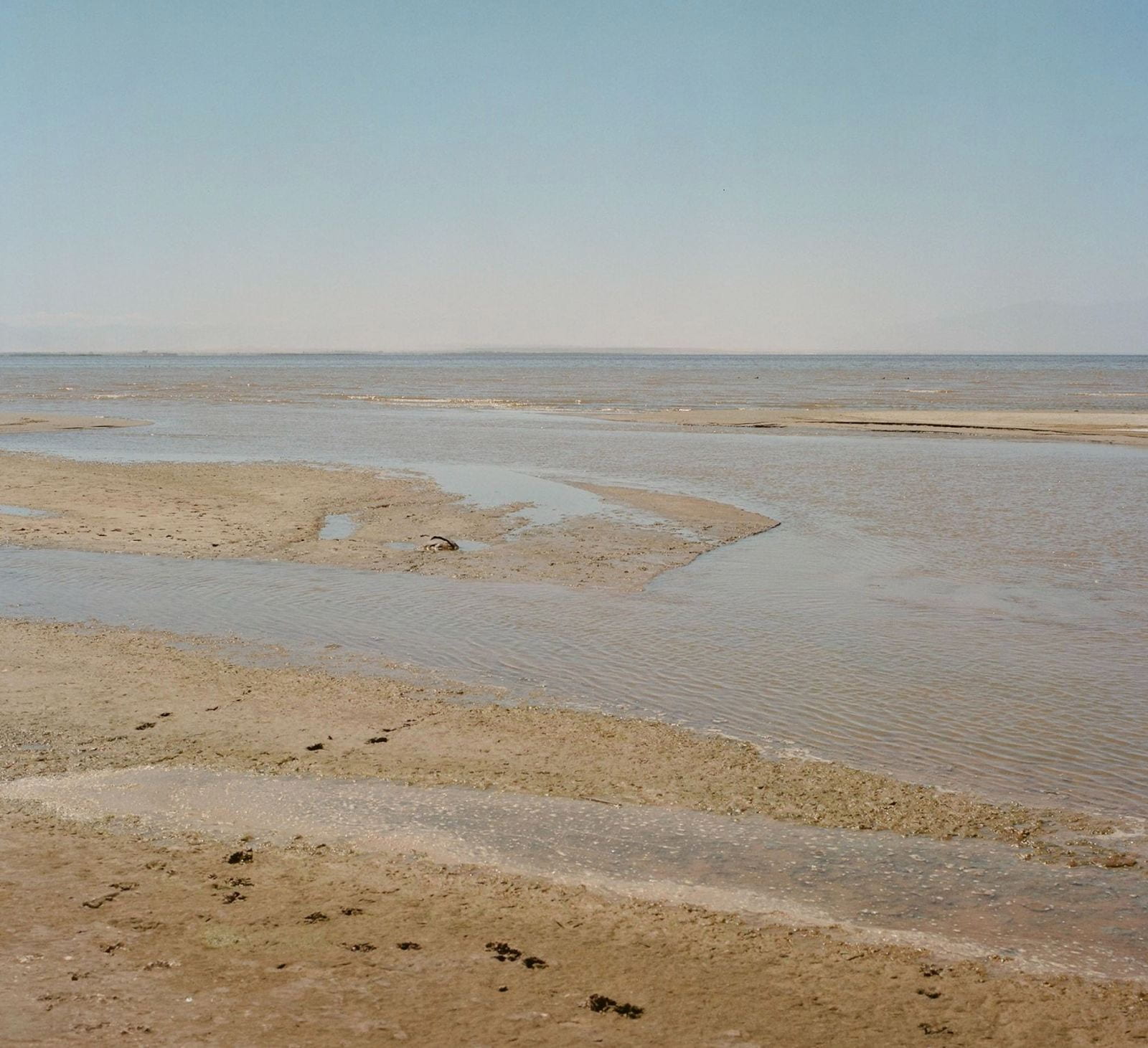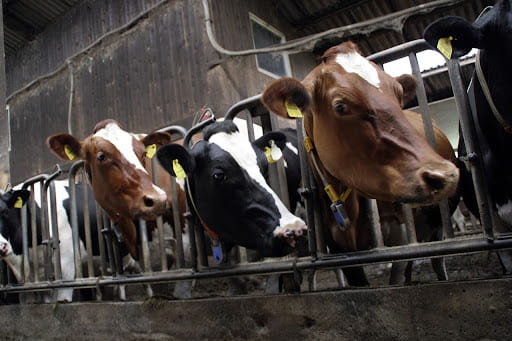The Colorado River and Striving for Sustainable Water Use

Photo credit: Napua Canales, 2023
What do humans, or any living thing for that matter, need to survive? For basic survival, we need three things: food, air, and water. With these needs being so basic for survival, it seems like a no-brainer that all people should be afforded the right to clean and accessible food, air, and water. However, in a time of anthropocentrism and continued overuse of natural resources, we find ourselves in a dilemma. To put it simply, we are running out of water. Yet with 71% of the earth’s surface covered in water, how can that be? As humans, we have a tendency to take what we want, with our current needs being the primary drivers of our decision making. We see our behaviors reflected in our current water systems, as they are not sustainable nor do they suggest any substantial improvement for the future. For years we have used water without regard for future consequences, however the future is now and these consequences must be addressed. While water issues are prevalent around the globe, this article will take a closer look at water use and water rights in the western United States, specifically with the Colorado River and the seven states it provides water to.
Forty million people in Arizona, Nevada, California, Wyoming, Colorado, Utah, and New Mexico depend on water provided from the Colorado River. However after twenty years of drought, decreased annual flow, and not enough water being cut, these states are at a breaking point. Not only are water supplies to major cities like Los Angeles, San Diego, Phoenix, Tucson, Denver, Salt Lake City, and Albuquerque being threatened, but some of the most productive agricultural lands in the nation are also at risk. In response to these challenges, these seven states were told by the federal government that they needed to cut two to four million acre feet of water and come to an agreement on where this water should be cut from. However, two deadlines have passed, and these states have yet to come to an agreement. Even today, it is very unlikely that these states will come to an agreement that is acceptable to the federal government.
The reason these states are struggling to come to an agreement is because who can really say who deserves water more than someone else? Do certain groups have less of a right to water than others, or is there a certain criteria that someone must meet to access water? States that rely on the Colorado River argue that their residents deserve water and that those resources should not be cut due to different laws, treaties, and ethics. Currently, upper basin states including Colorado, New Mexico, Utah, and Wyoming are dependent on the stream flow of the river for their water and are getting half as much of previous allotments. As for the lower basin states, Nevada receives very little water yet is doing a lot to reduce water use. However, California and Arizona, the two other lower basin states, use the most water out of the seven states yet say that cuts should not apply to them. Ultimately, the dispute over water rights and usage comes down to California and Arizona.
The state of California, with the majority of its water use going toward Southern California and farmers, makes the legal argument of water rights based on seniority. The Law of the River explains that different users of the river have different priorities based on how long they have been reliant on the river, and because Southern California has the most senior rights in the system, they argue that other states should be cut first before California does. Because California produces so much of the vegetables and hay for the country, it is also argued that cutting water would lead to a nationwide food crisis. The state of Arizona takes a different, more practical and ethical stance when it comes to cutting water resources. They argue that their state has already cut as much as they can; most farmers have already suffered, and further cuts would only harm cities and break promises with tribes who were promised water. Essentially, Arizona argues that more water cuts would only harm people and should overrule first-come-first-serve water rights.
In the end, no state is willing to agree to a deal that poses great harm to their people. Whether it be a portion of California farmers who will not have water for crops, cities who will need to be more water efficient, or tribes in Arizona who will see a reduced amount of access to water, this is a nearly impossible decision to make. As of now, the federal government plans on observing reduced amounts of water from the river and will study plans from different states to find the best option. Unfortunately, the best option will still result in a group of people having limitations on their water use. Perhaps it is time for us to begin exploring alternative sources of water, such as desalination, treated wastewater, and recycled water. It is important to note that these alternatives do have their downsides, but when looking at the current state of our water resources, we can no longer delay action.
While understanding the scope of our limited water resources is overwhelming, it is important for us to not be discouraged. Our efforts as individuals are crucial, and the solution to this water crisis starts with us. Whether you make efforts to reduce your water use at home or get involved with community efforts, we can be the spark that inspires a difference. To learn more about this pressing issue, explore the following resources:


